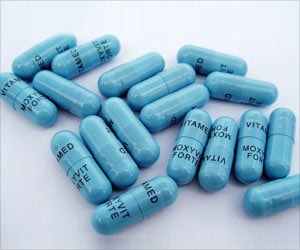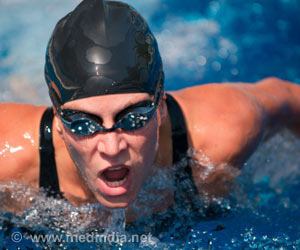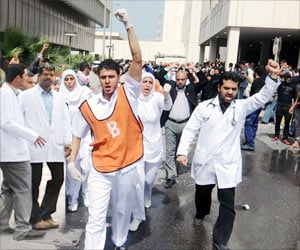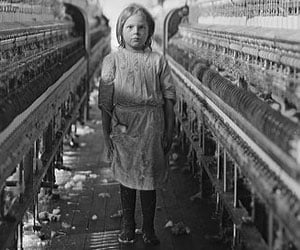
‘The market for hemophilia A and B treatment will rise from $5.4 billion in 2014 to $6.3 billion by 2024. The expected growth rate is 1.52%.’
Tweet it Now
"Despite the availability of new, long-acting products designed to reduce injection frequency, hemophilia patients in the US and five major European countries are satisfied with established recombinant factor products. Overall, GlobalData expects modest uptake of long-acting Factor VIII products, while uptake of long-acting Factor IX products will be higher owing to the substantial dosing interval increase," explains Fenix Leung, GlobalData's Analyst covering Oncology and Hematology. However, Biogen's Eloctate and Alprolix are competitively priced, narrowing the scope of high pricing for pipeline long-acting products. Therefore, pricing limitations should render overall market growth slow.
Drivers of hemophilia A and B recombinant treatments include the disease's growing prevalence and the increasing use of recombinant products and prophylactic regimens.
Leung elaborates: "New patients with severe hemophilia A and B in the 7MM and Argentina, except Germany, receive prophylactic recombinant factors. As these patients are likely to stay on recombinant treatment permanently, recombinant product use should rise, driving market growth."
In Argentina, the market is not as well-established as it is among the 7MM, leaving investment possibilities more open. As such, Argentina's hemophilia treatment market is projected to rise from $119 million in 2014 to $193 million by 2024, representing a greater CAGR of 4.9%.
Advertisement
Despite low uptake, the research firm expects that the Argentine market will use recombinant products more, offering opportunities to turn patients currently using plasma-derived products to using recombinant ones. This will make Argentina a dynamic region in the crowded hemophilia treatment space.
Advertisement
Source-Medindia













